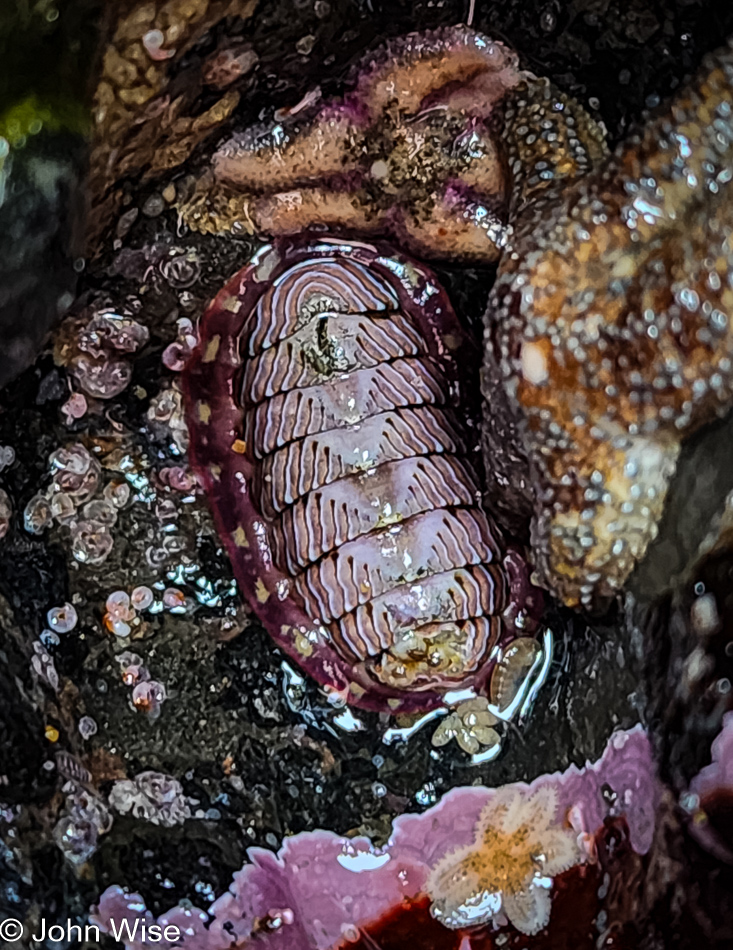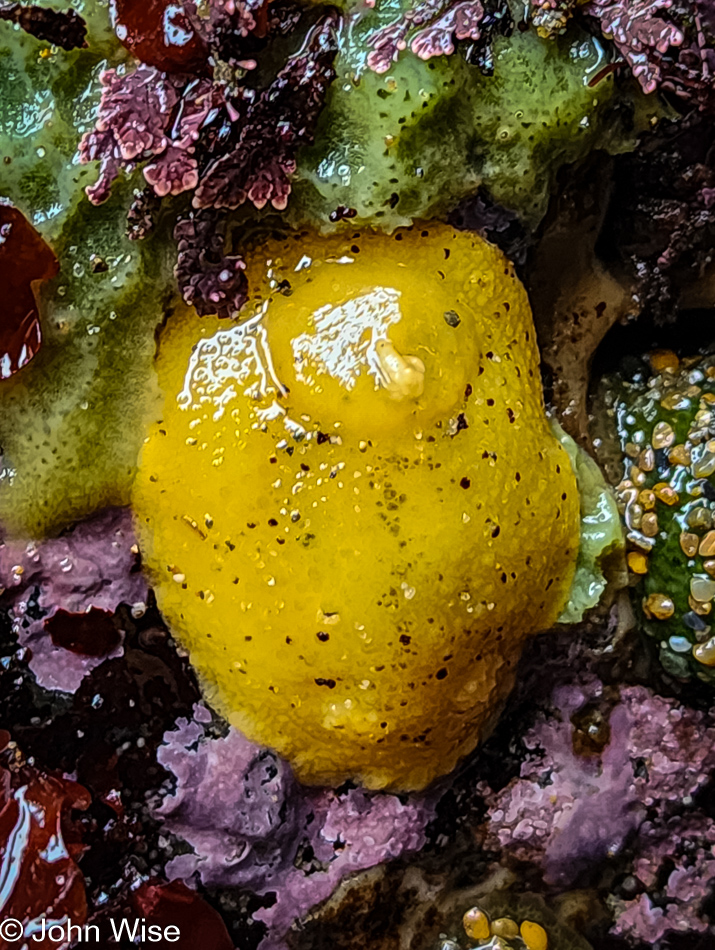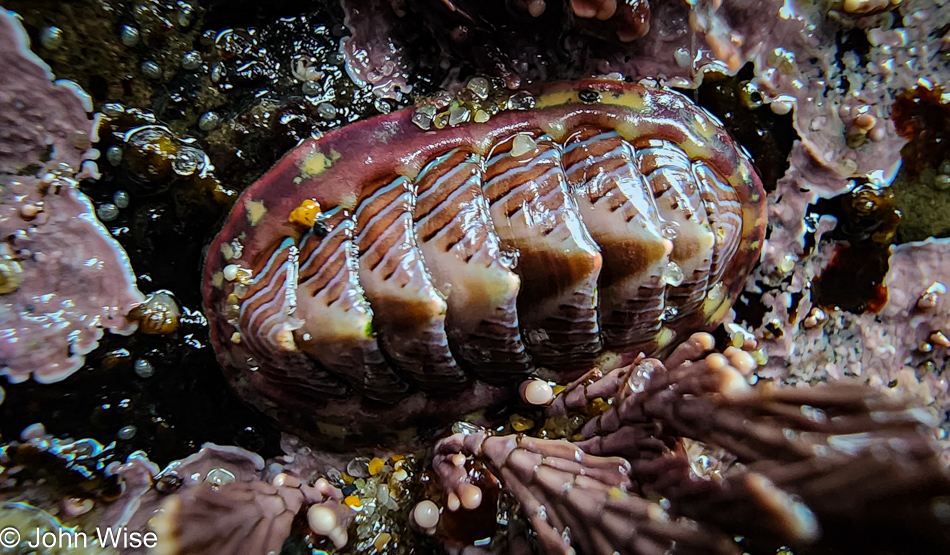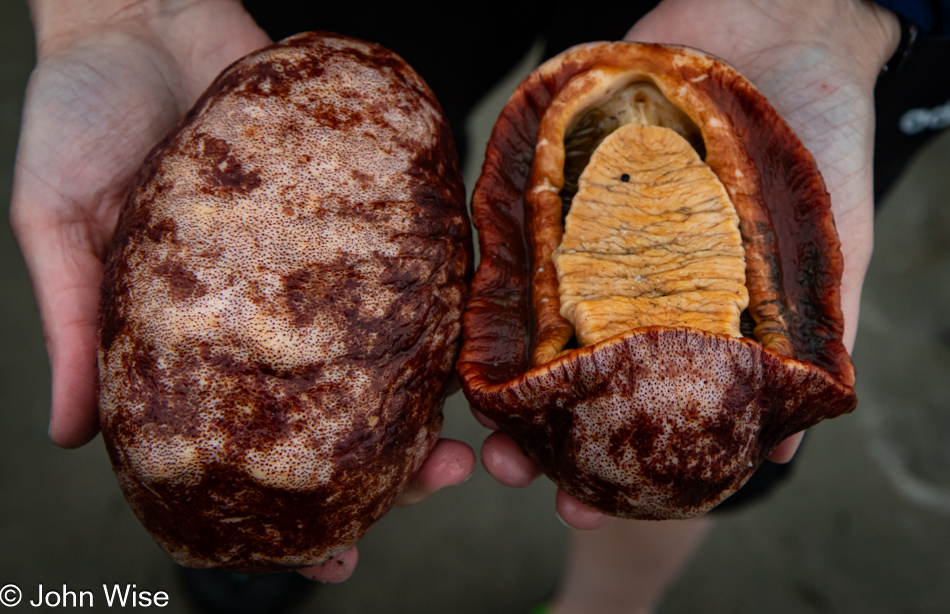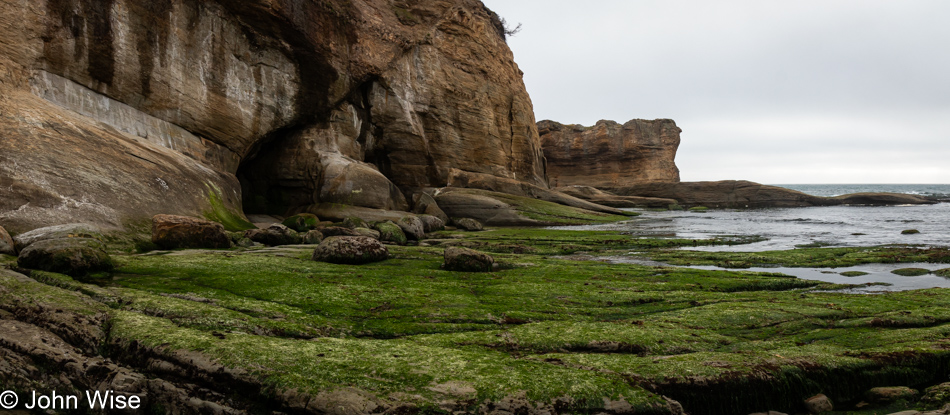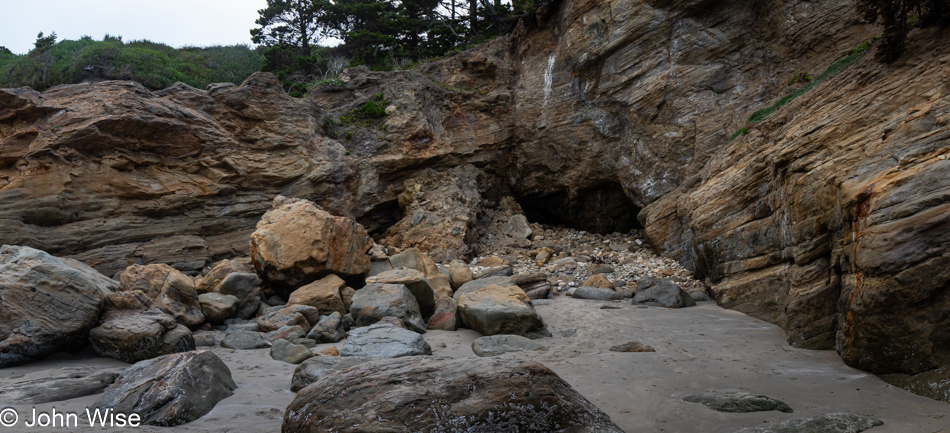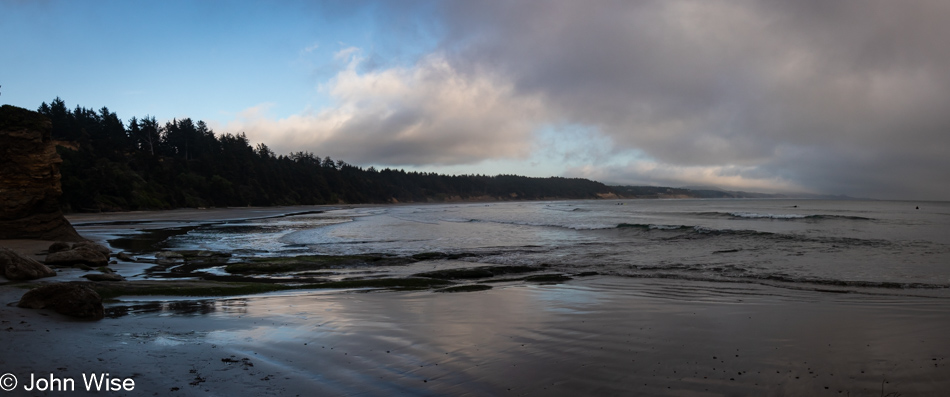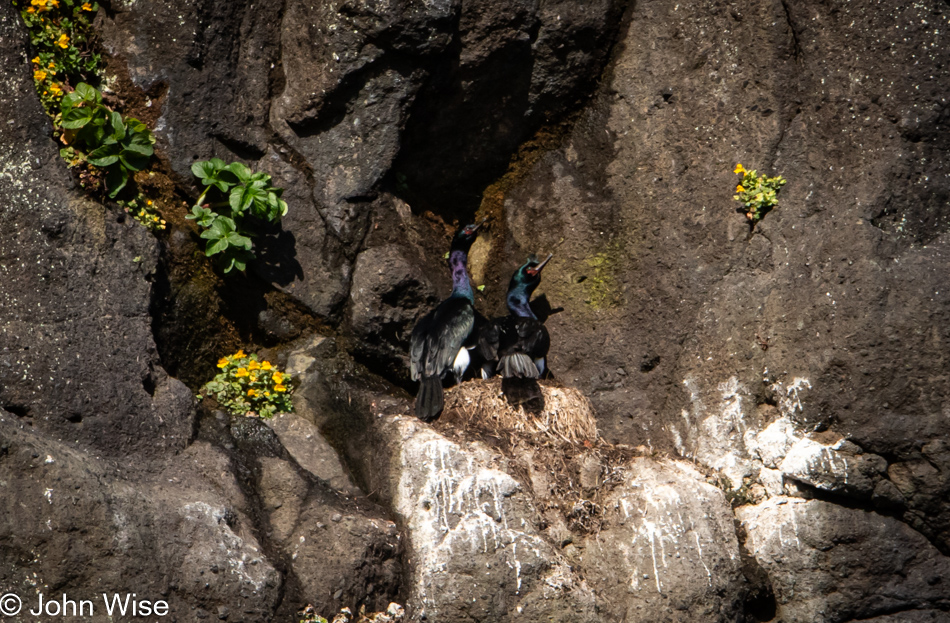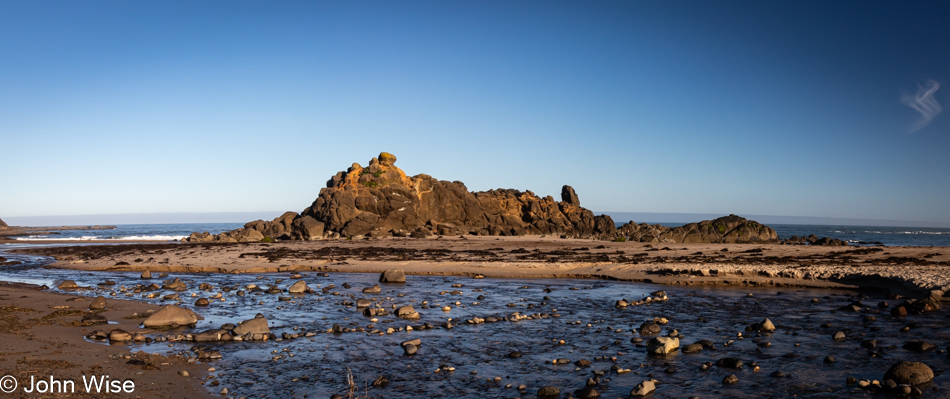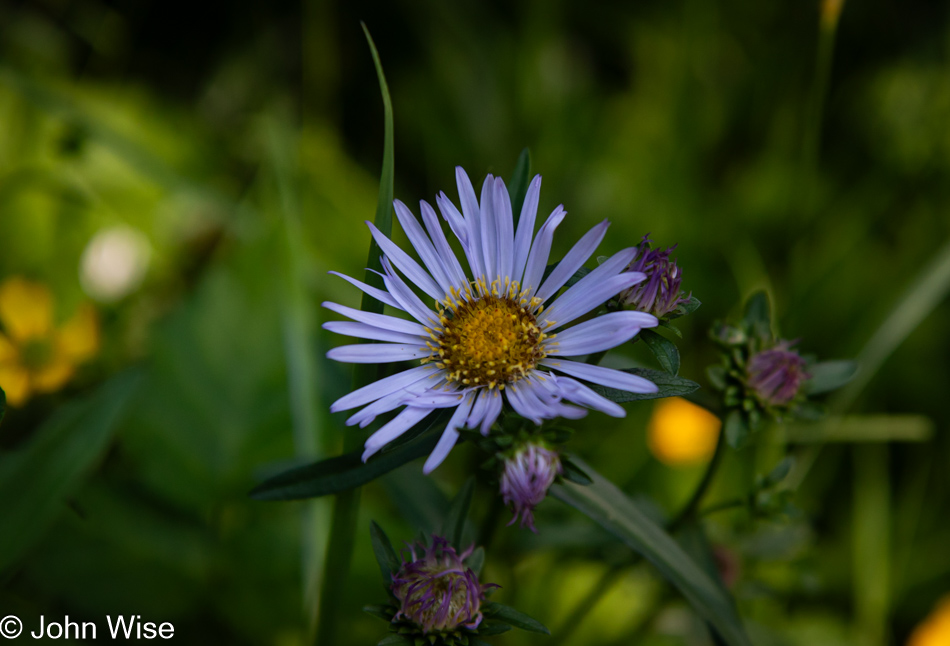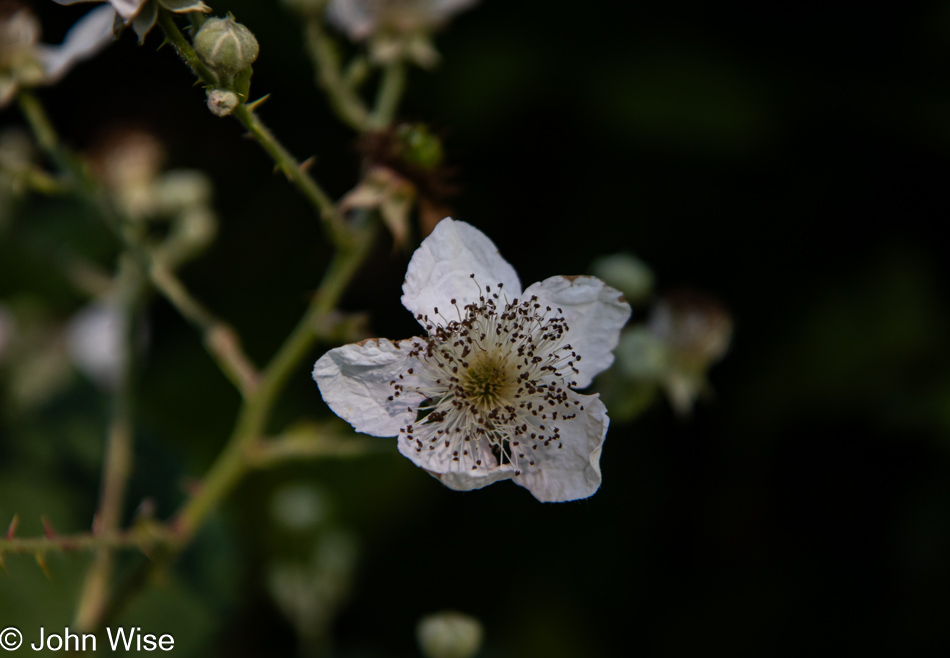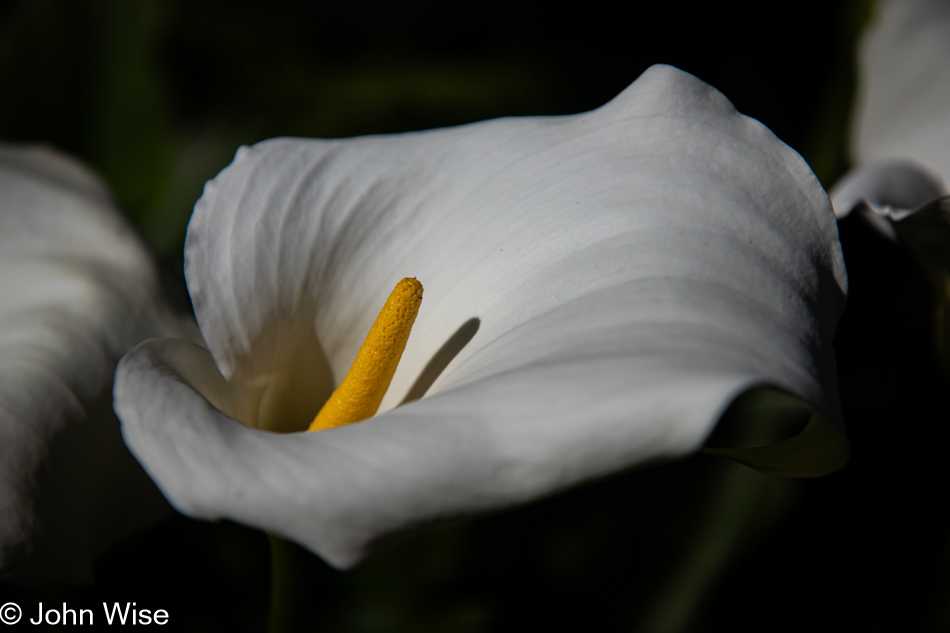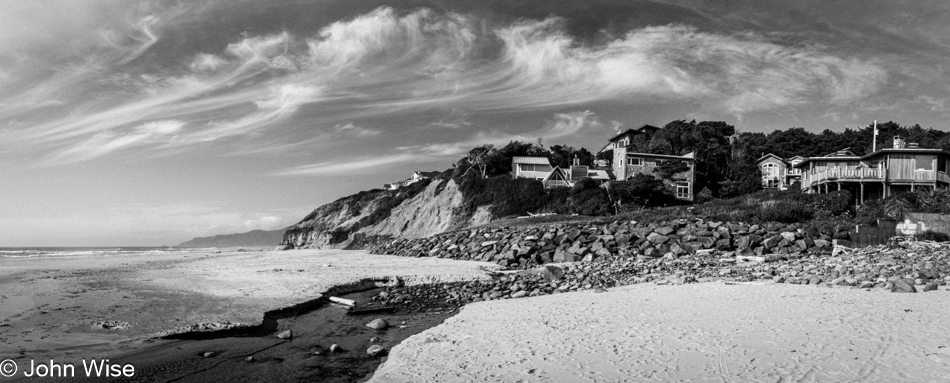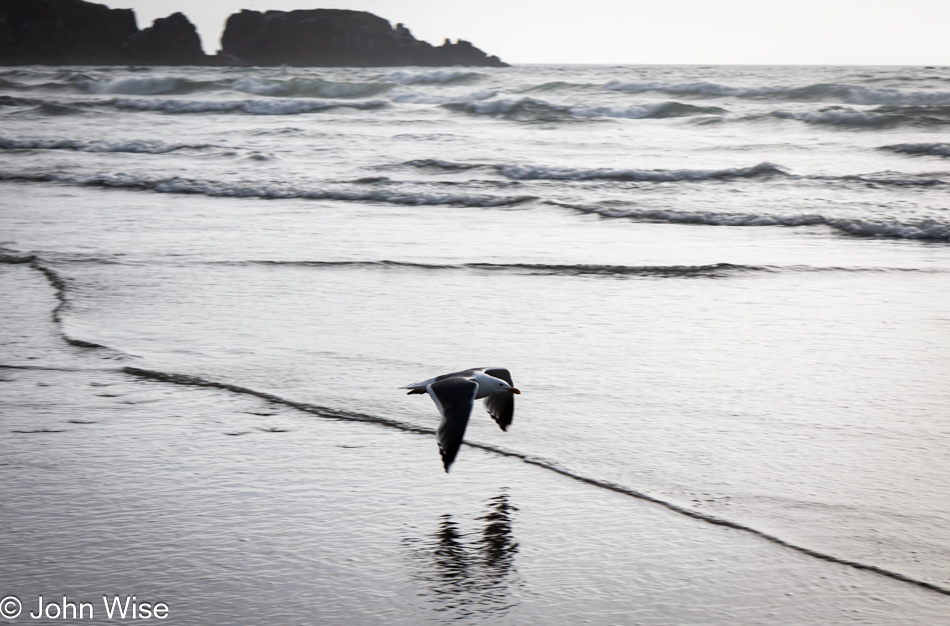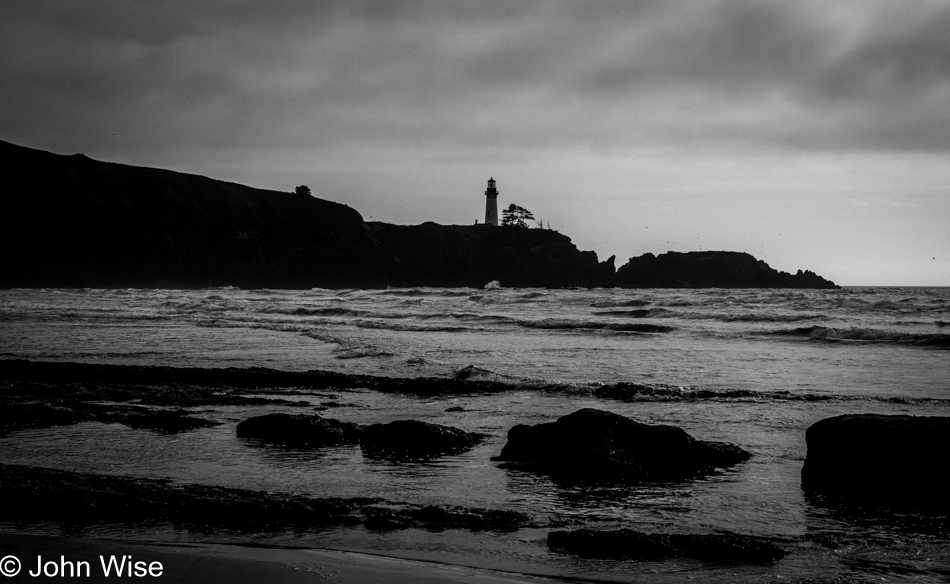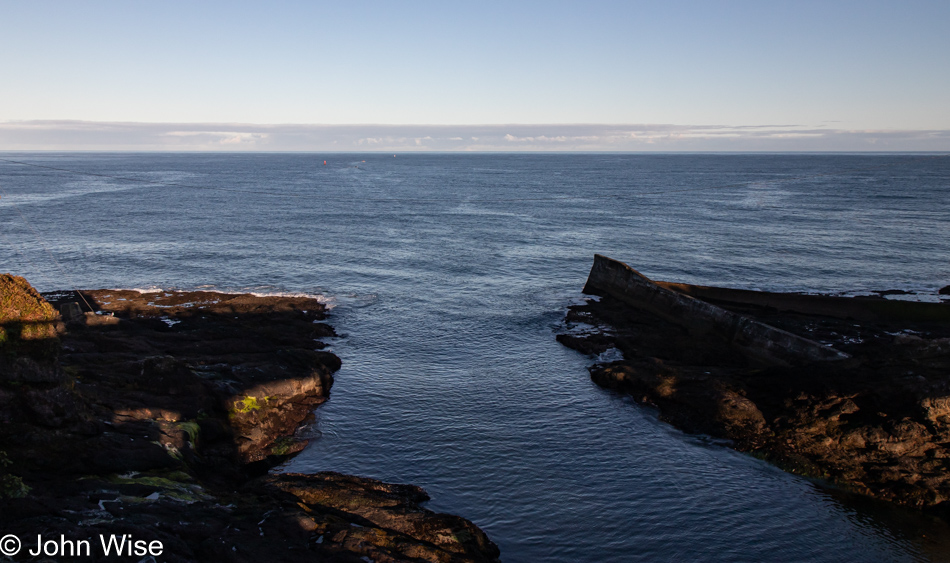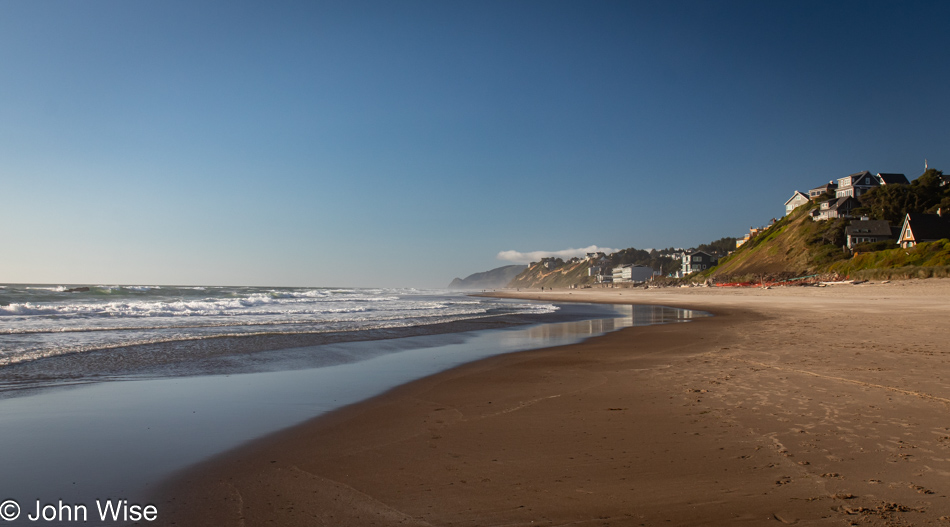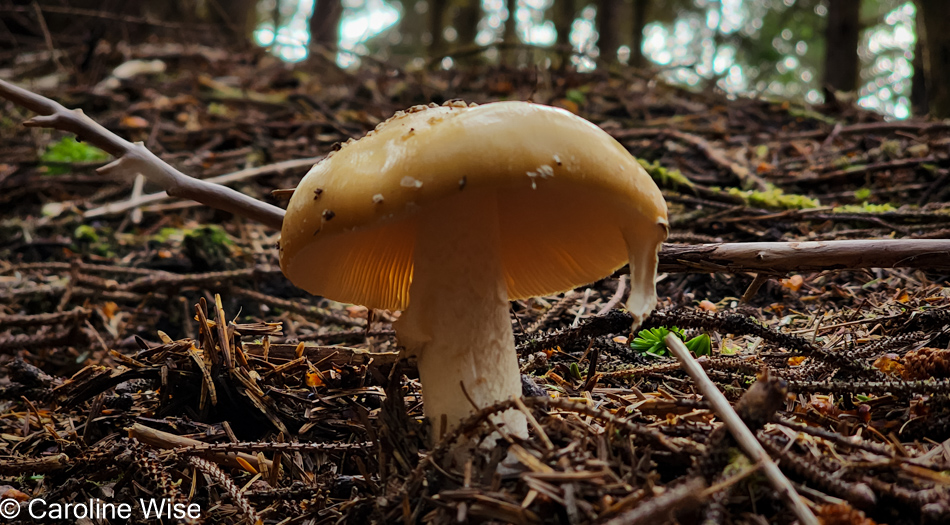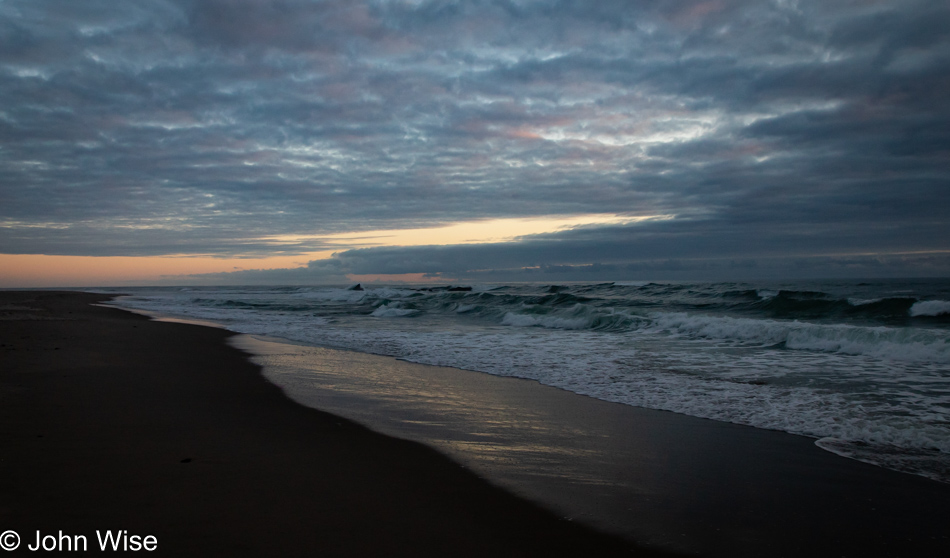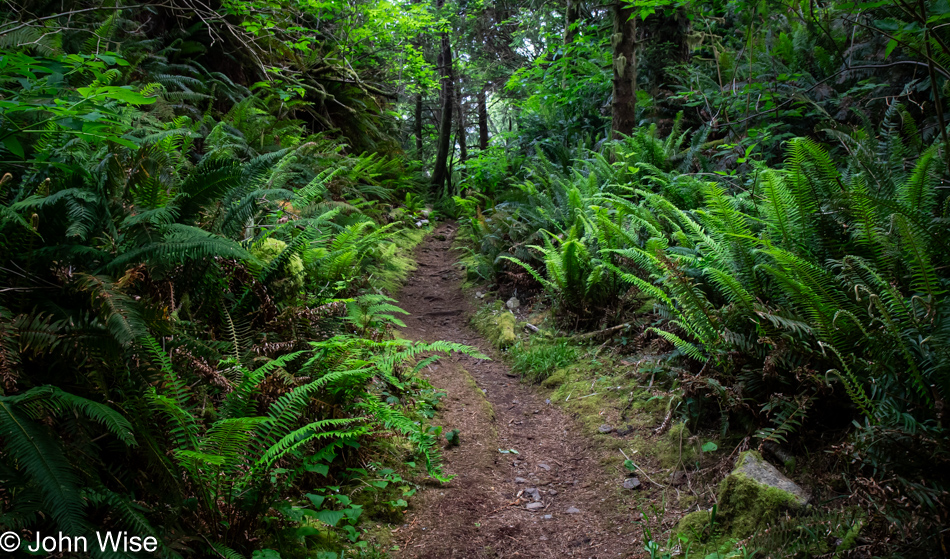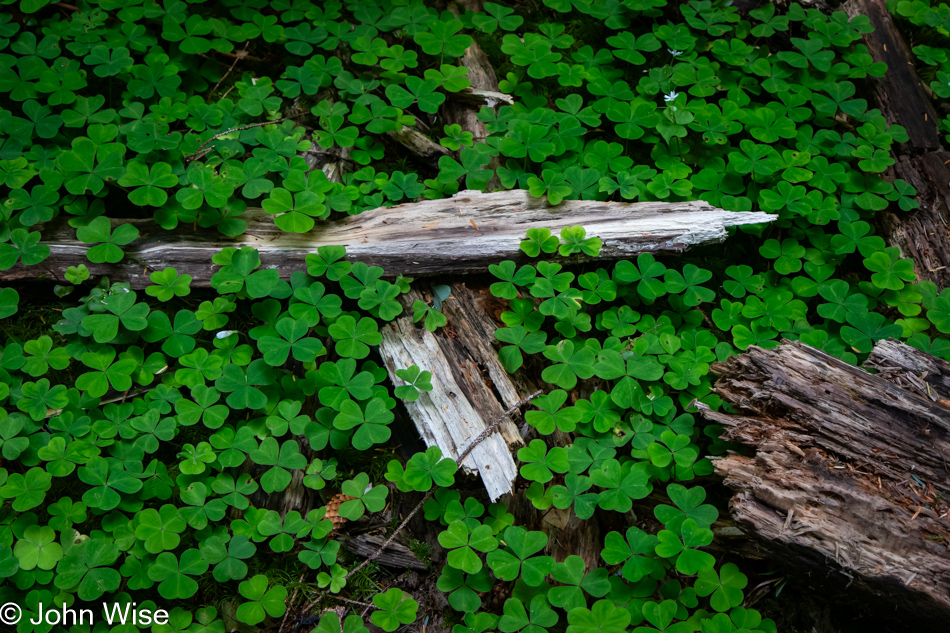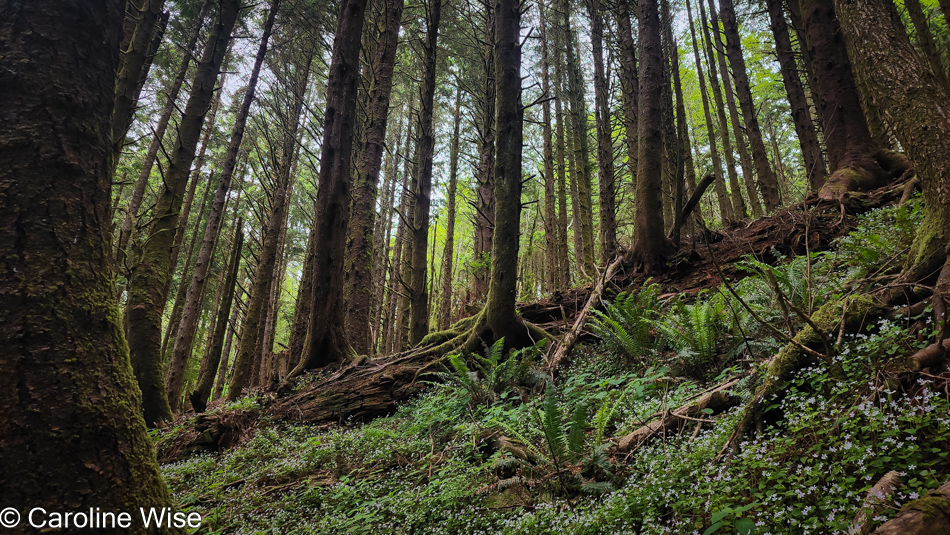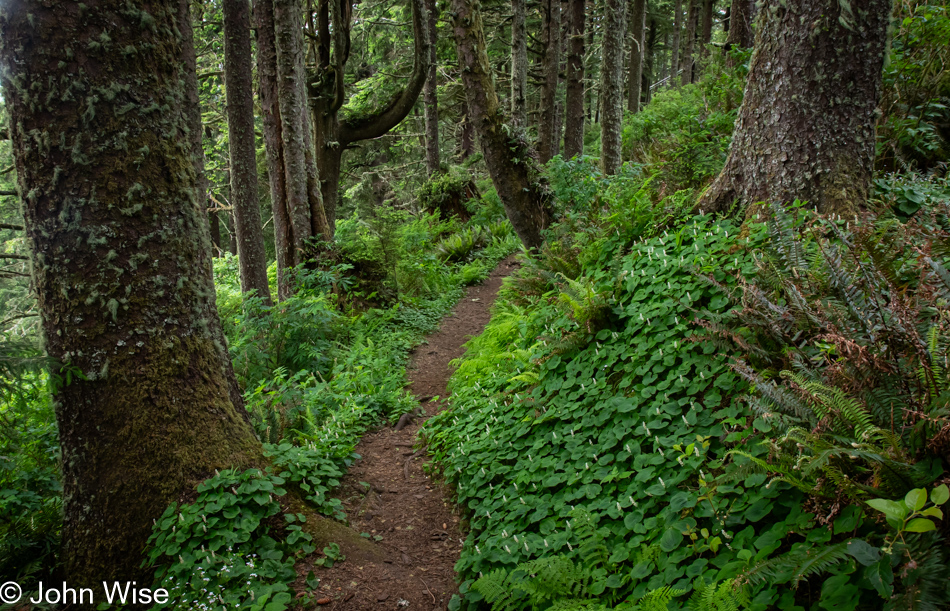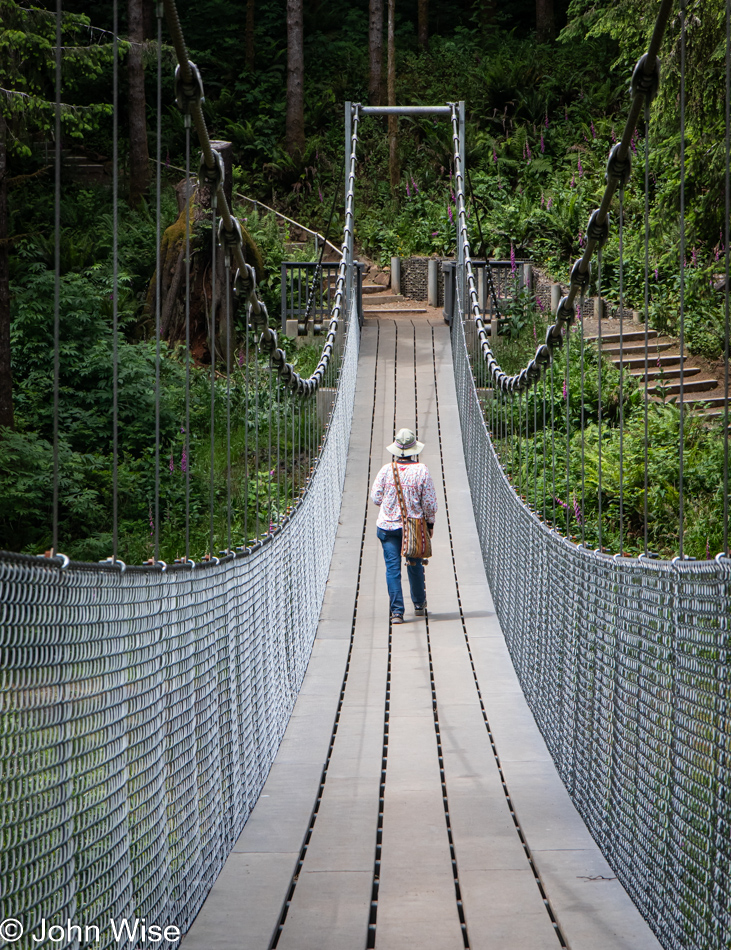
Fog in the atmosphere and fog in the brain. After 14 days of keeping up with my blog posts so I don’t fall behind and have a load of writing to do after we get home, today would be the day I’d be getting a late start on this self-imposed task. Not that this fact means a thing to the casual reader because Caroline is a day behind in editing, but as you can see from the number of photos, aside from the nine busy hours spent at the house on the edge of the forest, we are out here somewhere in the great outdoors. There are the chores that come with cooking and cleaning, but also with keeping our host’s home in the same condition we found it, and a lot of the first half of my day was spent doing some deeper cleaning to ensure that when our time runs out here on the coast, I’ll not be overwhelmed with putting it all back in order. Taking this break and calling it brain fog suits a certain inclination for drama because the simple truth is rather mundane.
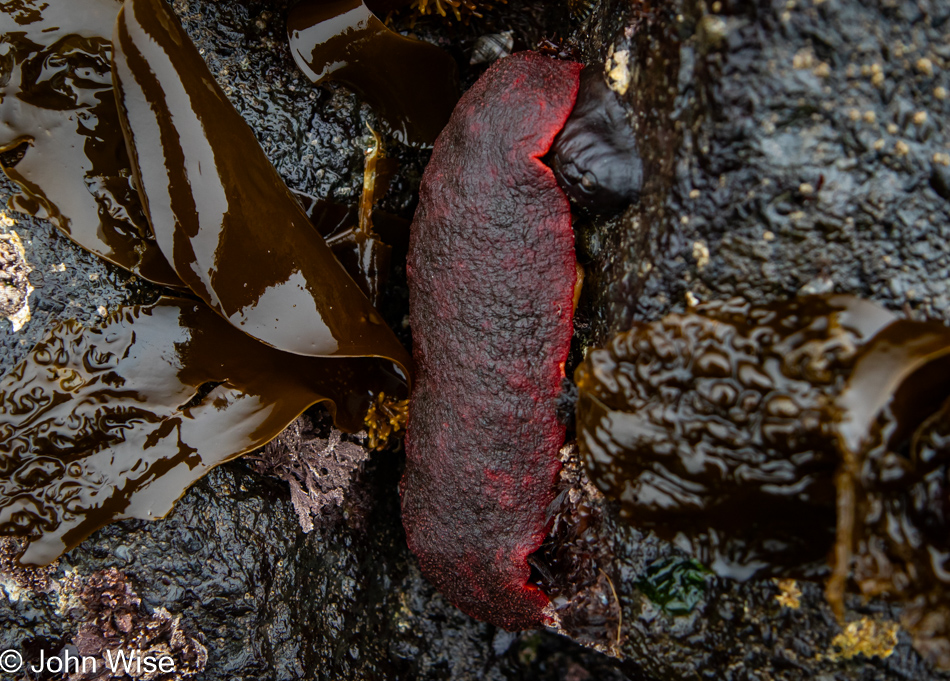
Anyway, on with our day. During this low tide event that goes through Sunday, you’ll be seeing a lot of photos that might look similar to images I’ve already posted, but we can see the small distinctions of difference between them all, and that’s good enough for us. Yesterday, Caroline was holding a couple of gumboot chitons, and I shared some photos that included black Katy and lined chitons, but they are all very different in size. The big red thing in this photo is another gumboot chiton, and at the top of the image, you can see a black Katy chiton peeking out from underneath. Chitons do not eat other chitons; this is just where they had ended up when we spotted them. Now consider that the lined chiton is about ten times smaller than the black Katy.

In the first photo of this post, you can see the rocky area of Fogarty Beach we explored yesterday morning. The area shown in this photo was mostly underwater then and consequently not of much interest to us, though it was where we saw the urchin and the gumboots. This morning, about a dozen people were swarming over this area, and like idiots drawn to the herd, we followed them, figuring they knew something we didn’t. That was wrong.

Our newest happy place: the big rocks just north of Fogarty Creek during low tide. Notice that it is still cold enough out here to warrant Caroline to be in sweat pants, a wool base layer top, a fleece, and her beanie, but her feet are in sandals so she can go where I can’t, and she doesn’t hesitate to stick her hands into the icy water if need be. I swear it takes close to an hour after we leave for warmth to return to her frozen mitts, and seeing how I deny her wish to warm them on my toasty torso, she truly suffers for her fun.

Nope, nothing new under the sun here, just hundreds of anemones, a couple dozen sea stars, and some barnacles. Still, they are wonderful to look at when standing on the exposed, open-air floor of the ocean

You might want to think that this is the same urchin I photographed yesterday, except that one was by itself, and this one has a sea star moving in to feast on one of its favorite meals. It turns out sea stars target the urchins that are in poor health before they take out the specimens that are doing well. Maybe this proximity is just a health and wellness checkup?
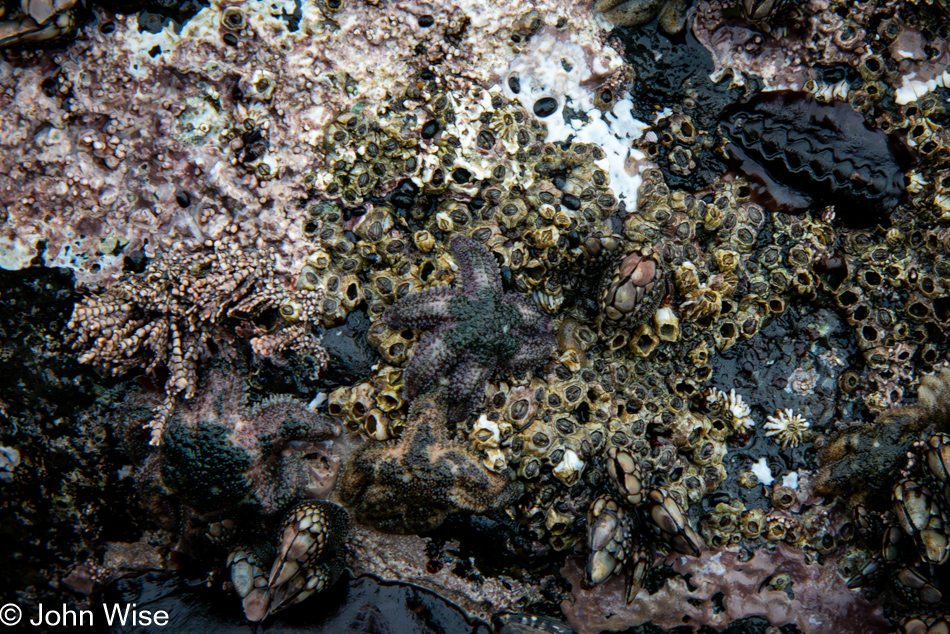
When you are a thousand miles from home, it is a dumb time to regret that you didn’t bring a piece of equipment that you could have used to great effect here, but that’s where my macro lens is. Who knew we’d see so much tiny life and that sea creatures favor spring and early summer mating, producing millions of offspring?

Seeing so many life forms when my focus is on but one of them, the lined chiton, misses the big picture of exactly what is here. I believe the purple slimy stuff on the top left quadrant is Coralline algae with a patch of inky black tar spot algae, while below it grows green algae. On the top right could be Turkish washcloth seaweed. Right next to the chiton, it looks like there are a few insect-like creatures, and to the right of them, a small sea star. Under the green algae at the bottom of the photo are two barnacles poking out, and below the chiton, what looks like polyp things that might be newborn something or others. Then there are the things that cannot be seen by our eyes, but it could be known if we hire and bring a marine biologist with us on these outings.

Caroline is purple; I am orange.

This blue mussel is playing host to a hundred or more tiny barnacles. Even after it dies, many of these others will go on living until circumstances are such that they, too, pass.

Caroline has a momentary obsession with the lined chitons; good thing their names are too long for our license plate. Otherwise, we might have to give up HAGFISH.

She can have her mini love affair with them; after all, I seem to be having issues with these barnacles.

There are 940 known species of chitons. I can’t tell you which this one is. As you look around the chiton, every little bump and grain attached to this vertical rock face is a living thing, other than the few rock surfaces peaking out from below. I can only wonder what they all are as when they mature, they’ll be hidden by the tide, and I’ll be 1,000 miles south in the desert.

Once attached, forever together, like Caroline and I.
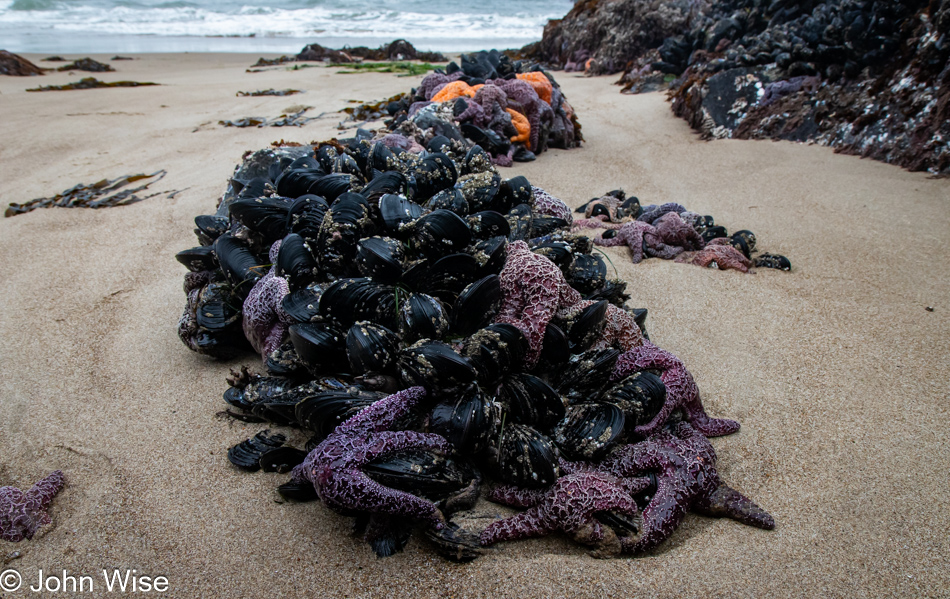
It’s a strange thought that as these creatures find their foothold to put down an anchor point they’ll call home, and then others, such as the sea stars that feed on the mollusks, arrive to roost and feast, shifting sands can bury them leaving no route of escape. If you stop and think about it, the sea is able to create such an overwhelming abundance, but our ravenous appetite and effective means to take everything allow us to bring species to the brink of extinction. How do we not see a flaw in this?

In the end, none of our destruction matters except to us and our survival. The line from Jurassic Park, “Life will find a way,” is clear: all of these things that live on our planet have survived far longer than our species, and whatever we leave will become the inheritors of the earth.

This is my daily setup in Depoe Bay. The room we sleep in is to the left; the kitchen is to the right. Out the back door on the right is the veranda where Caroline is working. The found things from the shore on the table to the right of my computer are the Scientist from Rainbow Friends, a Pirate Rubber Ducky, the shell of a chiton, a fossilized clam shell, a rock that looks like a bean, a rock that looks orange when it’s wet, a wisp of a polished shell fragment, and a translucent rock that probably was probably from a thick piece of glass at some point. Though I didn’t get an early start on this writing, it is 5:00 p.m. as I finish this paragraph and the beginning of the weekend. I’m fairly certain that we’ll be getting something to eat somewhere along the road, but which direction that will be is yet to be determined. If I were smart, I’d leave the camera at the house and not task myself with more writing today. A drive, a walk, dinner, and the hot tub, that sounds about perfect, if only I had the will to make exactly that happen.
I can’t believe it. I presented my plan to Caroline, and she thought it was a great idea. We even managed to skip using the car again as we walked to dinner at Sticks.









